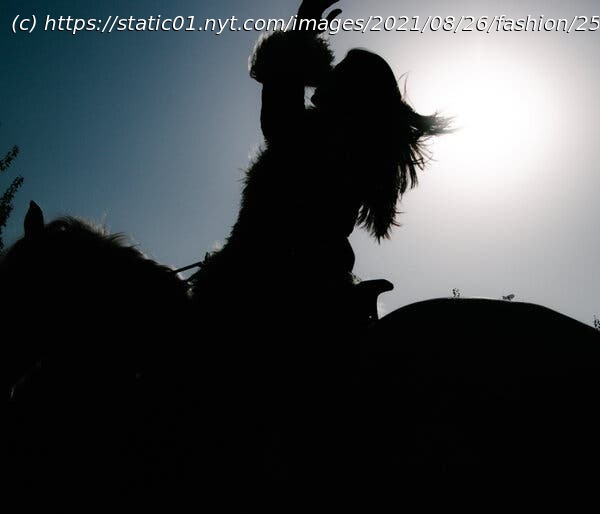Fashion was seen as a way forward for the country and its craftspeople, especially women. But those involved are terrified it may turn them into targets.
Haseeb Rahimi, a 30-year-old Afghan entrepreneur, and his younger sister, Rahiba Rahimi, a designer, had big plans for 2021. It was going to be the year they took Laman, their five-year-old fashion brand, international. Already, they’d staged a catwalk event at the American embassy in Kabul, outfitted the contestants for “ Afghan Star ” (a local version of “American Idol”) and had a runway show in Milan in 2019. Bringing their designs to Oslo (where Mr. Rahimi was in business school and planned to open a showroom), Dubai and beyond would mark the next stage in their dream of creating Afghanistan’s first modern luxury brand — one that would combine the aesthetic heritage of the country with contemporary styles, using the language of fashion to recast the image of their country in the global imagination. The siblings had developed a network of 500 craftspeople, with 50 at the headquarters in Kabul, all led by a woman. They wanted the label “made in Afghanistan,” sewn into every piece they sold, to mean something new both within the country and outside. But on Aug.15, the day the Taliban marched into Kabul, they told their staff that they were closing. “It is all wiped out,” Mr. Rahimi said by phone from Norway, referring to the company’s equipment, inventory and investment. (Ms. Rahimi and her family fled to Turkey earlier in the summer, and she was experiencing “severe depression,” he said.) “This is what happens when you dare to hope in a hopeless place.” “Hope” rather than “style” or “money” or “trend” may seem a weird word to associate with fashion. Almost as weird as writing about fashion in the context of a war-torn and anguished country. Yet it comes up again and again in times of trauma. In Afghanistan, fashion, with its low barriers to entry, is not so much a symbol of self-indulgent indolence as a lever of advancement. It’s a way toward financial self-sufficiency, especially for women who have been excluded from the formal academic and professional ladder. It’s participation in the global conversation and reframing of a cultural narrative. And there, its essential role as an expression of self and antidote to horror is manifest. The drive to create beauty in even the worst of times is a universal human impulse — a statement of belief in what is possible. As Ms. Rahimi said in an interview with The New Humanitarian newsletter in 2017, “Fashion in a way helps our women come out of their shells and tell society, ‘I am here. See me. Hear me.’” So it was, for example, in Ukraine in 2014, when fashion week was held in Kyiv as Russian forces loomed at the border.






